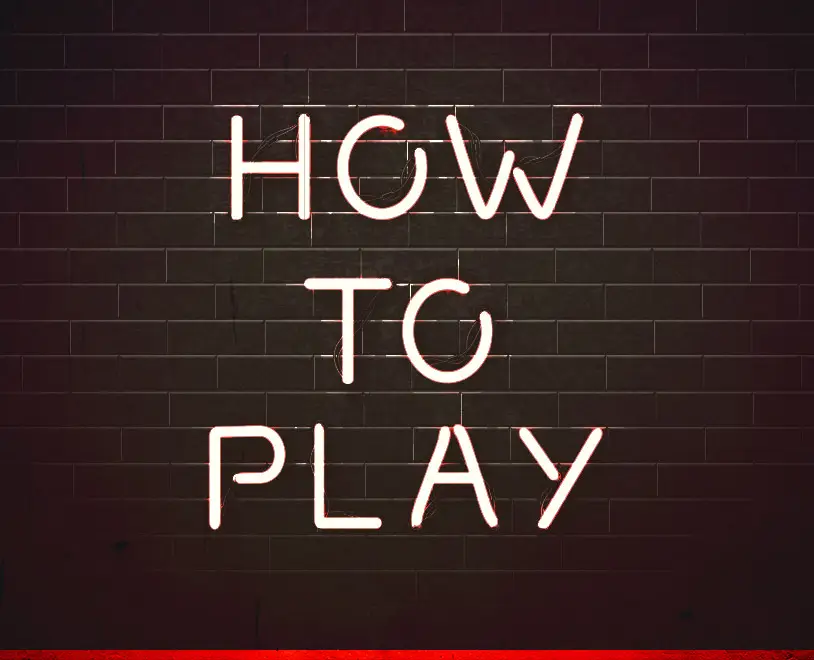Pai Gow Poker Guide
We’re giving you the lowdown on Pai Gow Poker, hands-down one of the most popular real money table games and Ignition Casino. Played all around the world, this is a game of skill and guts, which is why it’s perfect for Ignition’s players.
What Is Pai Gow Poker?
Pai Gow is actually an ancient Chinese game of dominos – 32 to be exact – which later got appropriated for poker. It’s no cake walk either, but that doesn’t mean the poker version is difficult. Actually, it’s pretty easy. You just have to learn the fundamentals.
Thanks to Sam Torosian, owner of the California Bell Club cardroom, we now have a simplified version of pai gow uses playing cards instead of dominoes.

How to Play Pai Gow Poker
Pai Gow Poker uses the standard 52-card deck, plus a Joker. It’s you against The Dealer; after you place your bet, you each receive seven cards – yours are face-up, the Dealer’s are face-down. Your task is to split your seven cards into two hands, one with five cards and the other with two cards. Your five-card hand must rank higher than your two-card hand.
Once you’ve decided how to split your cards, the Dealer’s cards are flipped over and arranged, then the hands are compared. If both your hands are better, you win even money minus a 5% commission. If both the Dealer’s hands are better, you lose the wager. If one is higher and one is lower, the hand is a push and your bet is returned. Any tied hands go to the Dealer.
As with all table games at the casino, Pai Gow Poker comes with a house edge attached. That edge depends primarily on two things: Your skill at the game, and the method the Dealer uses to complete their two hands. This method is known as the “house way,” and you’ll need to tailor your Pai Gow Poker strategy accordingly. If you’re playing at a live casino, the house edge is also affected by whether you are the Banker or not. But as a rough guide, you can expect the house to have an edge of between 2.5% and 2.7% when you use at least a simplified strategy playing online.
While it’s always nice to find a big made hand in your seven Pai Gow Poker cards, you’ll be dealt a Pair or worse a shade more than half the time. Here are the chances of getting dealt each possible rank:
Five Aces 0.000732%
Straight or Royal Flush 0.137%
Four of a Kind 0.199%
Full House 2.72%
Flush 4.00%
Straight 7.29%
Three of a Kind 4.85%
Two Pair 23.1%
One Pair 41.7%
High Card 16.1%
The Rules
Them’s the rules: the standard hand rankings for poker apply, except for one twist. The second-best Straight you can make in Pai Gow Poker is the wheel (Five-Four-Three-Deuce-Ace), which is the lowest Straight possible in regular poker. Your two-card hand is either a Pair or High Card. And the Joker in this game is a “semi-wild” card that can be used to complete a Straight, Flush, Straight Flush or royal Flush; otherwise, the Joker is considered an Ace.
There are more rules to learn if you want to play Pai Gow Poker live. This is a banking game, meaning the player has the option of betting against other players, or even the Dealer. Players will take turns around the table acting as the Banker, although in most cases, they’ll decline the option and the turn will get passed around the table until it lands with the Dealer. You won’t have to worry about any of this at Ignition Casino – there are no other players at the table, and you’re always betting on yourself.

Optimal Strategy
Deciding how to split your seven cards is where Pai Gow Poker strategy comes in. Like Blackjack, this game has been “solved” by computers, and if you play an optimal strategy, you can narrow the house edge down as low as possible. However, the optimal strategy for Pai Gow Poker is more difficult to learn than it is for blackjack. A simpler, near-optimal strategy that’s easier to remember will get you most of the way there.
Whether you’re working with a simplified or an advanced Pai Gow Poker strategy, you’ll be separating your hands into 20 categories, depending on the seven cards you’ve been dealt. These categories are then listed in order of hand strength; you’ll choose the highest rank that applies to your cards, and follow the recommended instructions. It’s the same approach that you’d use to play Video Poker as optimally as possible.
The 20 categories for your Pai Gow Poker strategy are further divided into two sections: One, cards which complete a Straight, Flush, Straight Flush or royal Flush; and two, those which do not. The first section is relatively easy to handle, since you already have a made five-card hand at your disposal – remember, your five-card (high) hand has to be stronger than your two-card (low) hand. Here’s a simplified Pai Gow Poker strategy for this section.
1. Four of a Kind: Play the highest Pair possible in your low hand while maintaining your Straight/Flush.
2. Three of a Kind and a Pair: If you have a Pair of Sevens or better, put them in your low hand if you can maintain your Straight/Flush. If not, settle for putting Three of a Kind in your high hand.
3. Three of a Kind: Play your best kickers for the low hand while maintaining your Straight/Flush.
4. Three Pair: Play the highest of your Pairs in your low hand while maintaining your Straight/Flush.
5. Two Pair: This one’s a little tricky. Depending on the strength of each Pair, and what kickers are left over, you might want to put your better Pair in your low hand. Definitely do this if the face value of the two Pairs adds up to at least 17; for example, Kings and Fours (13+4) or Nines and Eights (9+8). Splitting your Pairs is less advised as their face value drops.
6. One Pair: Play the best low hand you can while maintaining your Straight/Flush – unless you have Queens through Nines, in which case play Ace-King in your low hand if possible.
7. No Pair: Play the best low hand you can while maintaining your Straight/Flush.
Working with cards that cannot make a Straight/Flush in Pai Gow Poker requires a few extra steps, because now you might have cards that fall into additional categories. Here’s what to do with your seven cards in these situations:
8. Five of a Kind and a Pair: Put two Aces in the low hand, and leave a Full House in the high hand.
9. Five of a Kind: Put two Aces in the low hand and leave a Set of Aces in the high hand.
10. Four of a Kind and Three of a Kind: If your Quads are at least two ranks higher than your set, split your Quads and put two of those cards in your low hand, leaving a Full House in your high hand. Otherwise, split your set.
11. Four of a Kind and a Pair: Put the Pair in your low hand.
12. Four of a Kind: This category requires a little more savvy. If you have Queens or better, split them up and put a Pair in your low hand. If you have Fours or worse, keep your Quads together in your high hand. Everything in between will depend on the strength of the kicker you can put in your low hand.
13. Three of a Kind and Three of a Kind: Split your higher-ranking set and put two of those cards in your low hand.
14. Three of a Kind and Two Pair: Put the higher Pair in your low hand.
15. Three of a Kind and One Pair: Put the Pair in your low hand.
16. Three of a Kind: Put the two highest kickers in your low hand, unless you have three Aces, in which case use an Ace and your highest kicker.
17. Three Pair: Put the highest Pair in your low hand.
18. Two Pair: Follow the same strategy as when you have seven cards that can make a Straight/Flush.
19. One Pair: Put your best two kickers in your low hand.
20. No Pair: Put your second- and third-best kickers in your low hand.
Even as a simplified strategy, this is quite a lot to absorb for newer Pai Gow Poker newbies. But most of these steps are pretty intuitive, and most of the time, you’ll be dealt seven cards that fall into one of these easier categories. The more you practice, the better you’ll get at following the strategy; then, if you choose, you can start on a more complex strategy by adding in some of the exceptions to these rules. For example, if you have seven cards that make a Straight/Flush and include both Three of a Kind and One Pair, and you have three Sevens and two Aces, you’ll only put the Aces in your low hand if your two kickers are Six-Five or worse.
